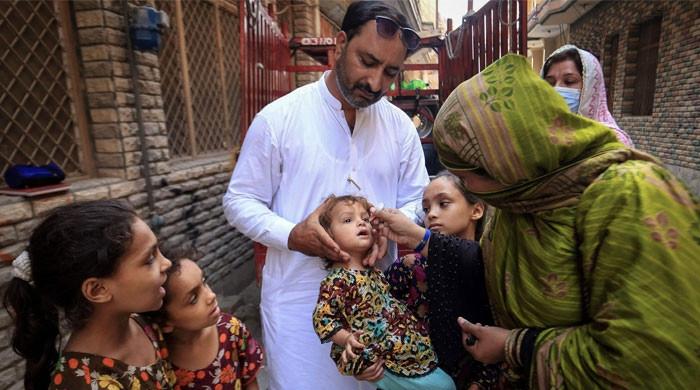Heartbreaking: Pet owners mourn as Bird Flu continues to kill cats in Poland
The WHO stated on Monday that 29 cats in Poland have tested positive for the H5N1 bird flu virus since reports of unusual cat deaths
July 17, 2023

The World Health Organization (WHO) has announced that Poland is the first country to report a significant number of cats infected with bird flu across a wide area and also the deaths related to the deadly disease.
The WHO stated on Monday that 29 cats in Poland have tested positive for the H5N1 bird flu virus since Polish health authorities alerted them to unusual cat deaths last month.
Out of the 46 cats and one captive caracal tested for the virus, 14 of the infected animals were euthanised, while another 11 died. The source of the cats' exposure to the virus is currently unknown, and investigations are ongoing to determine the cause.
Europe has been facing its worst-ever outbreak of bird flu since late 2021, with severe outbreaks also occurring in North and South America. This has resulted in the culling of millions of poultry worldwide, many of which were infected with the H5N1 strain that emerged in 1996. Recently, there has been a concerning increase in infections among mammals.
While sporadic cases of cats being infected with H5N1 have been reported in the past, this is the first instance of a high number of infected cats across a large geographic area within a country, according to the WHO.
As of July 12, no human contacts of the infected cats have reported any symptoms, and the surveillance period for all contacts has been completed. The WHO emphasises that the risk of human infection following exposure to infected cats is assessed as low for the general population in Poland.
However, for cat owners, veterinarians, and others who may have regular exposure to H5N1-infected cats without using personal protective equipment, the risk is considered low to moderate.
While bird flu infections in humans are rare, they can cause severe disease with a high mortality rate when they do occur.
Human cases of H5N1 are typically the result of direct or indirect exposure to infected live or dead poultry or contaminated environments.
Since 2020, the WHO has received reports of 12 human H5N1 cases worldwide, with four being severe cases and eight being mild or asymptomatic.









